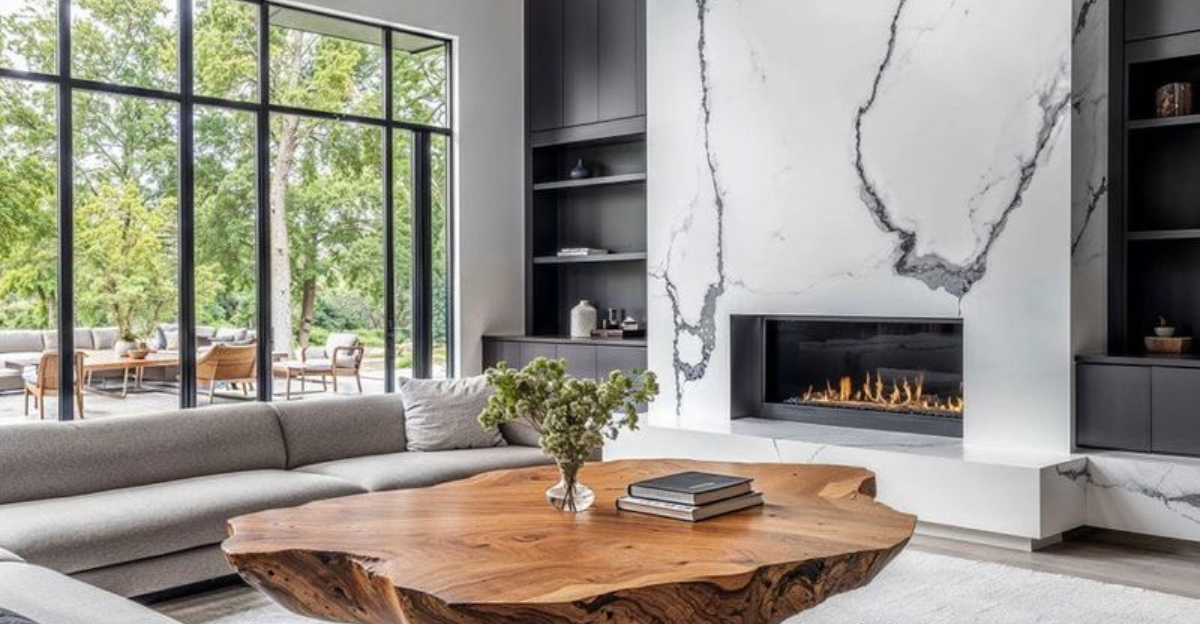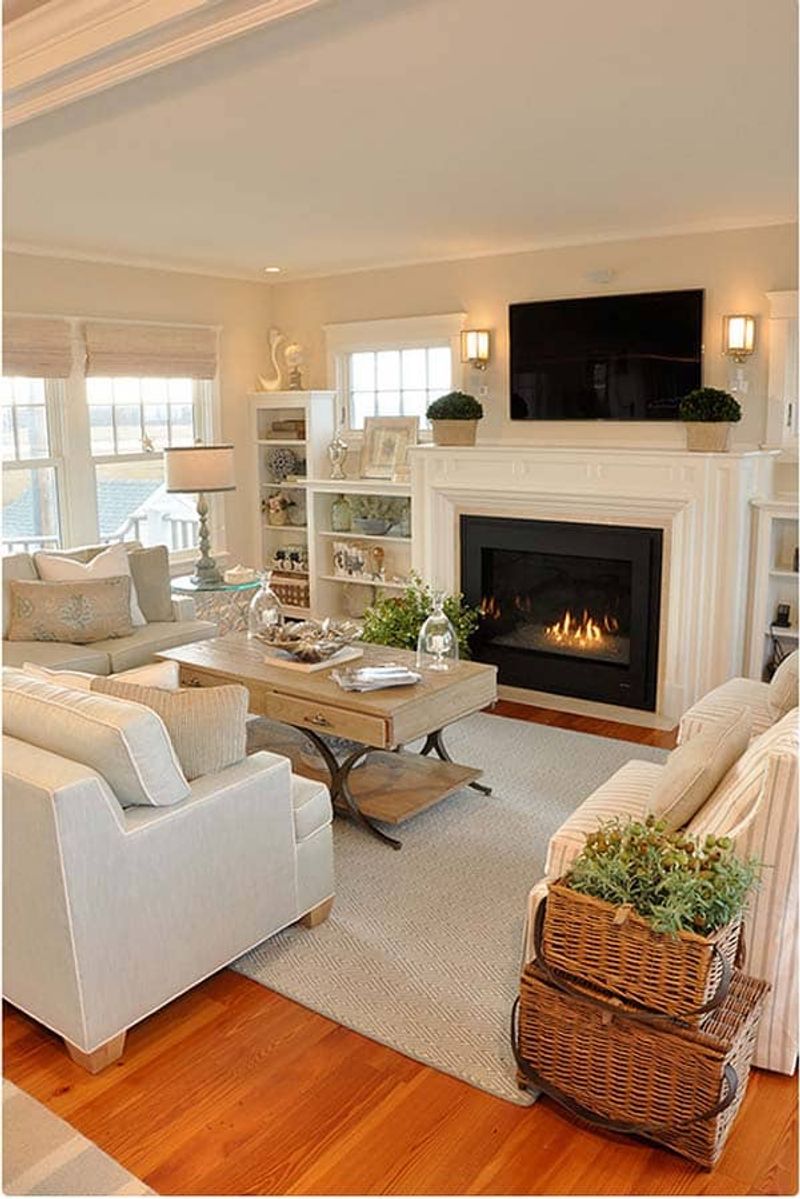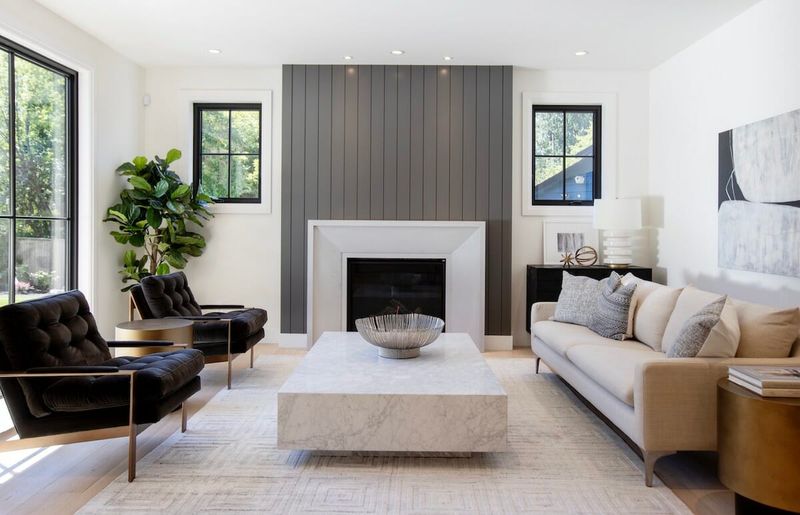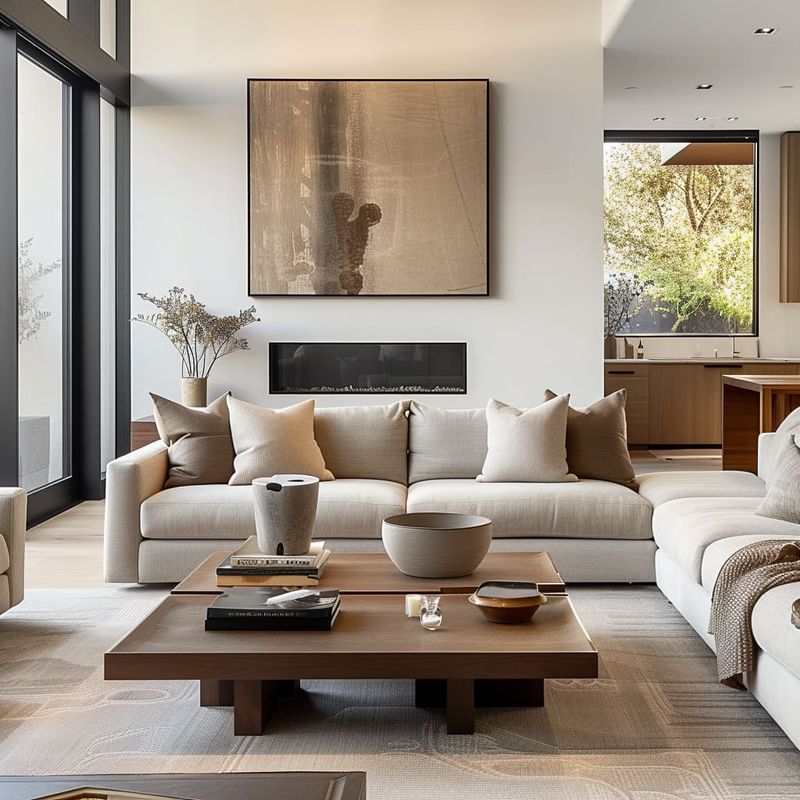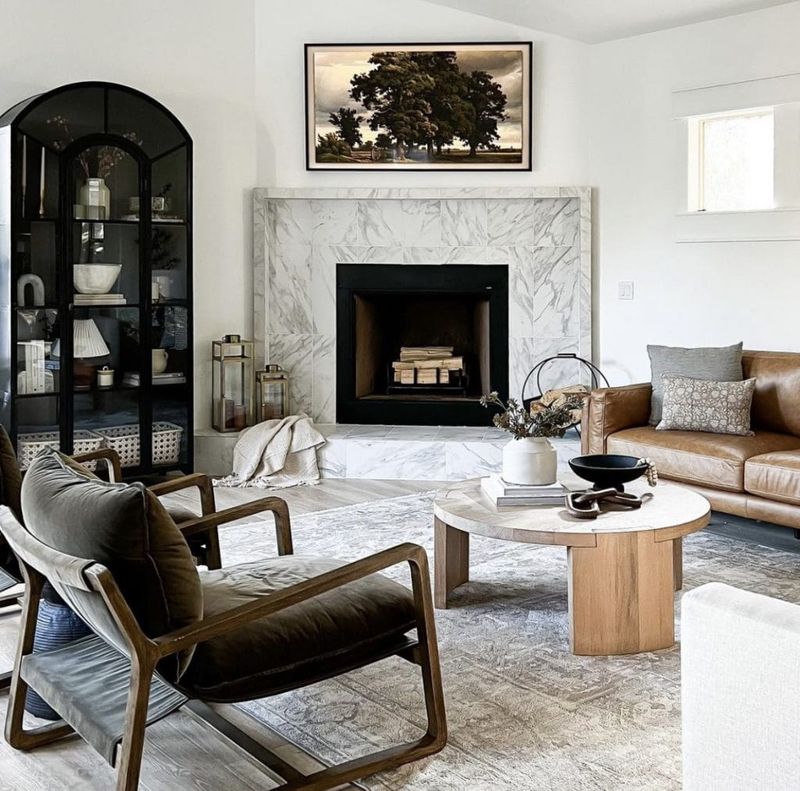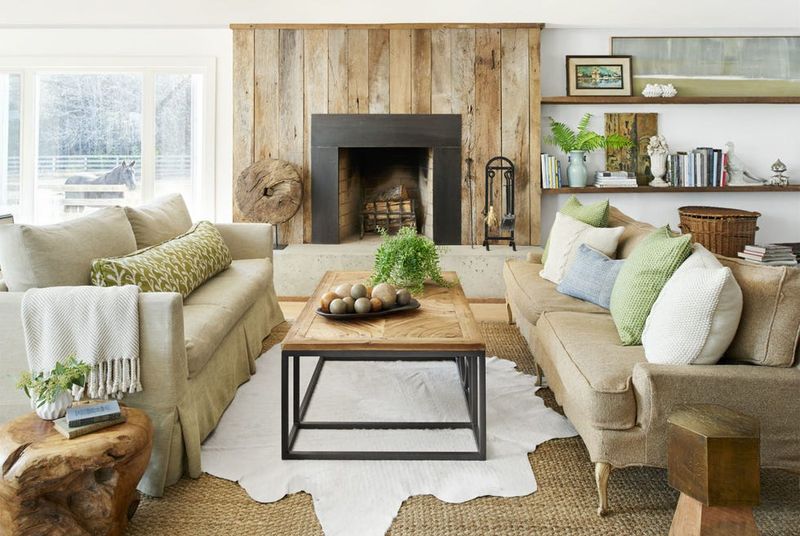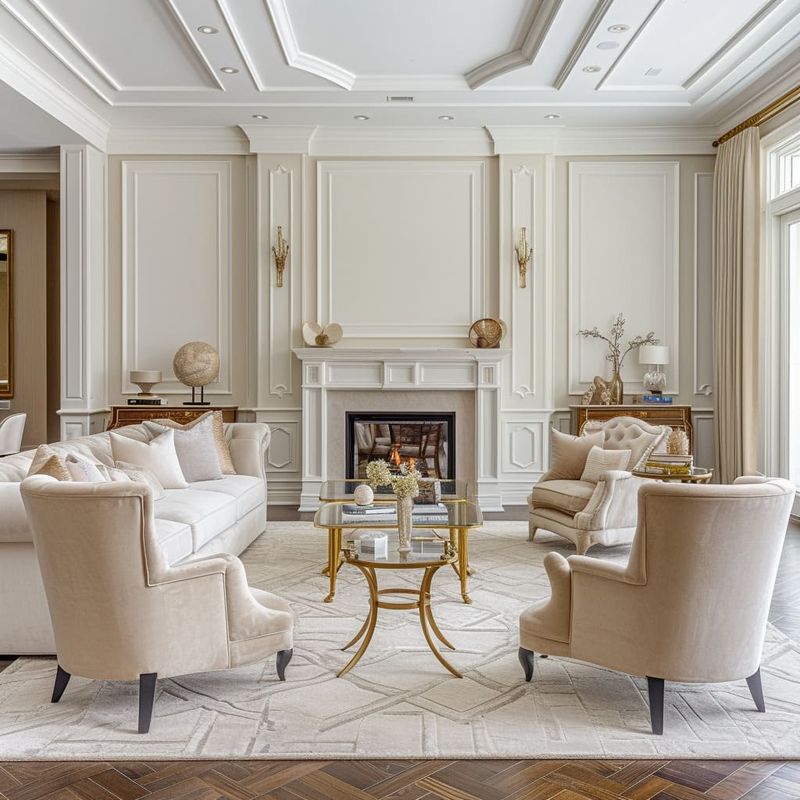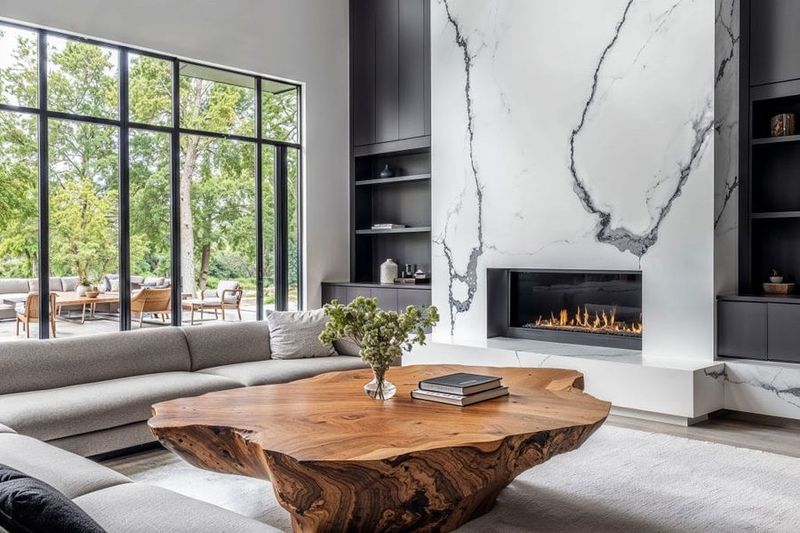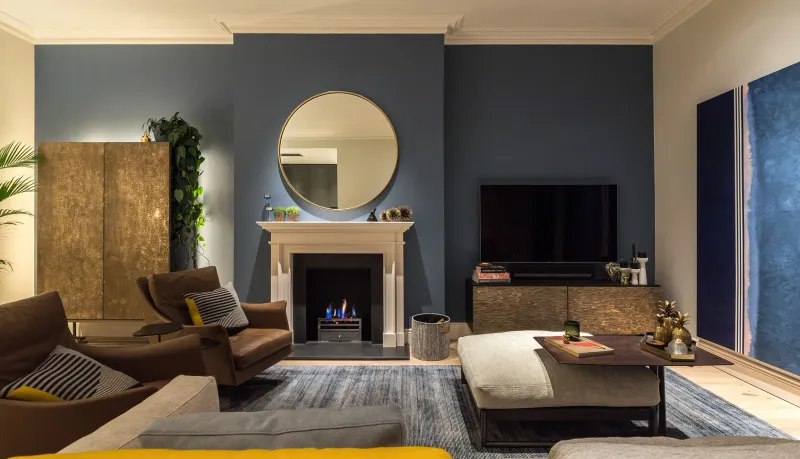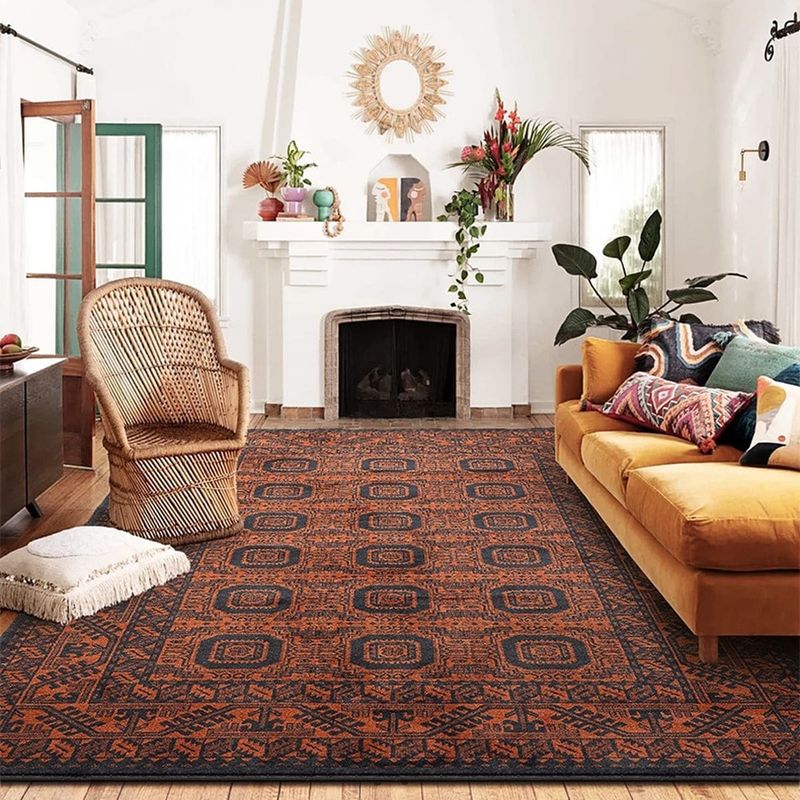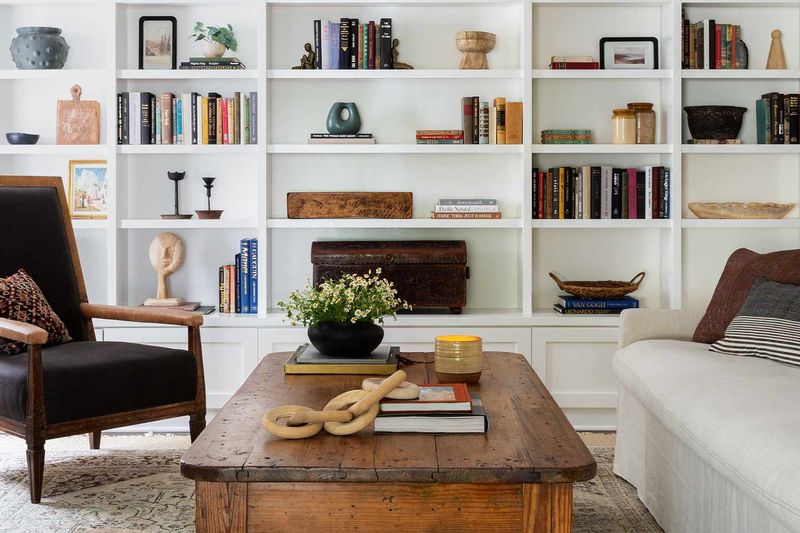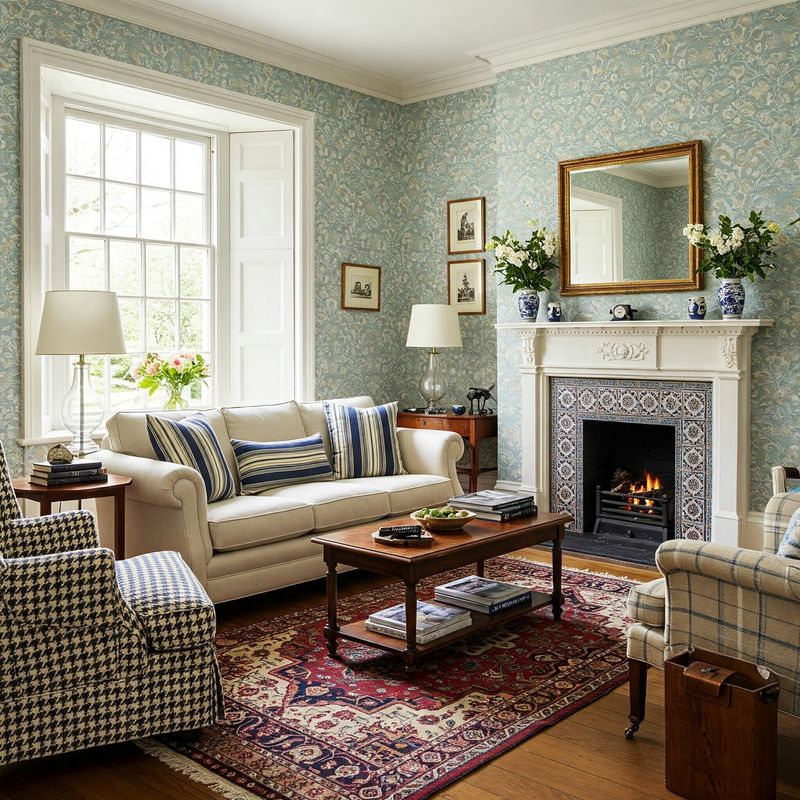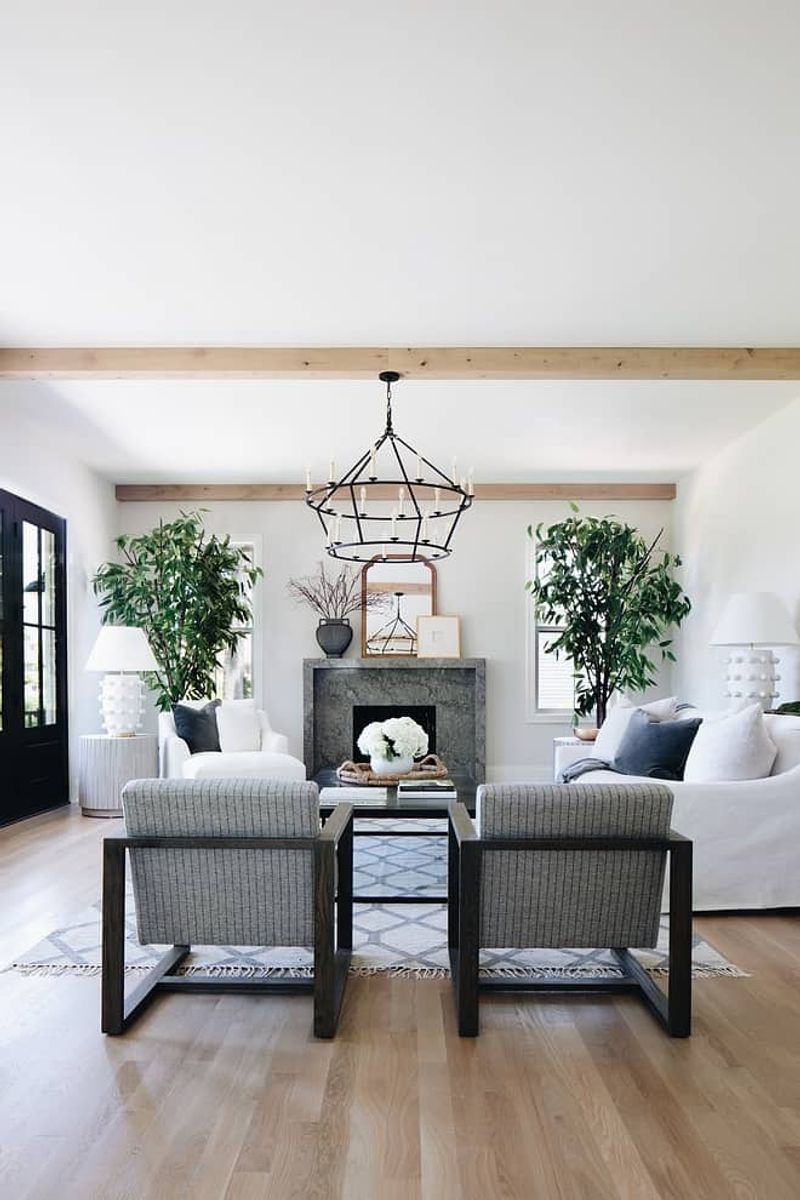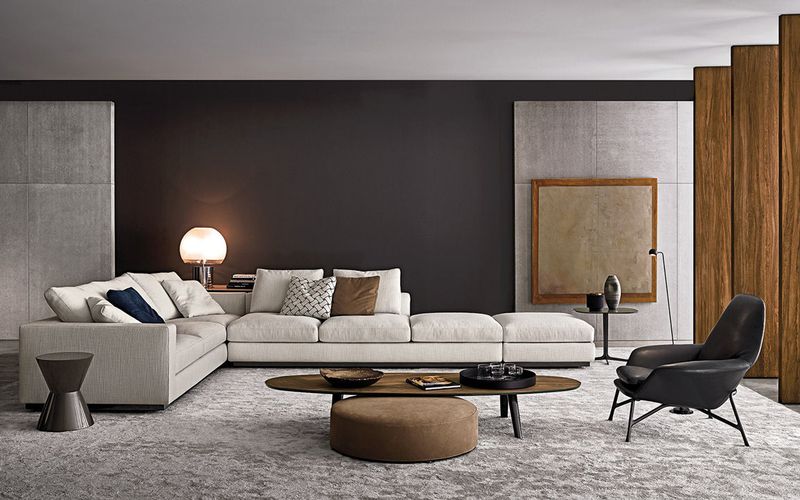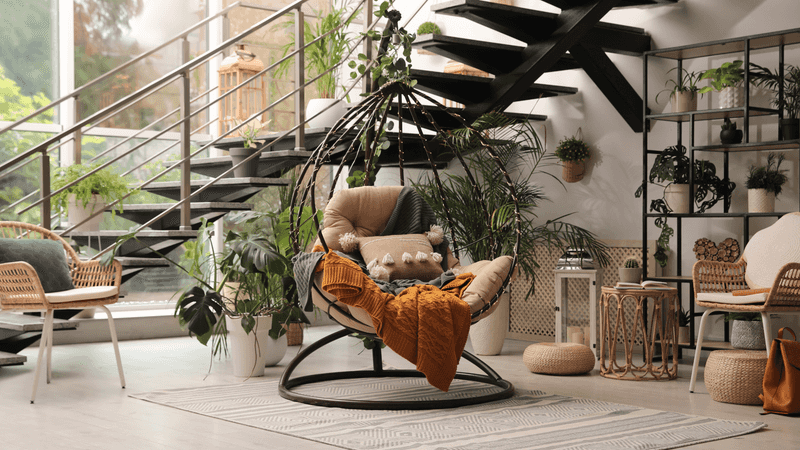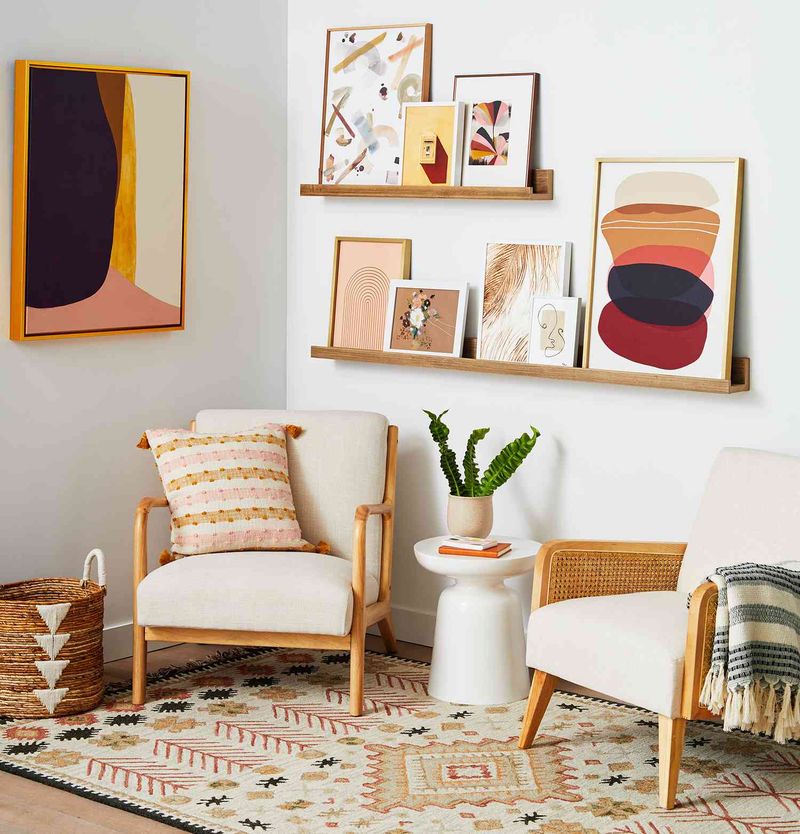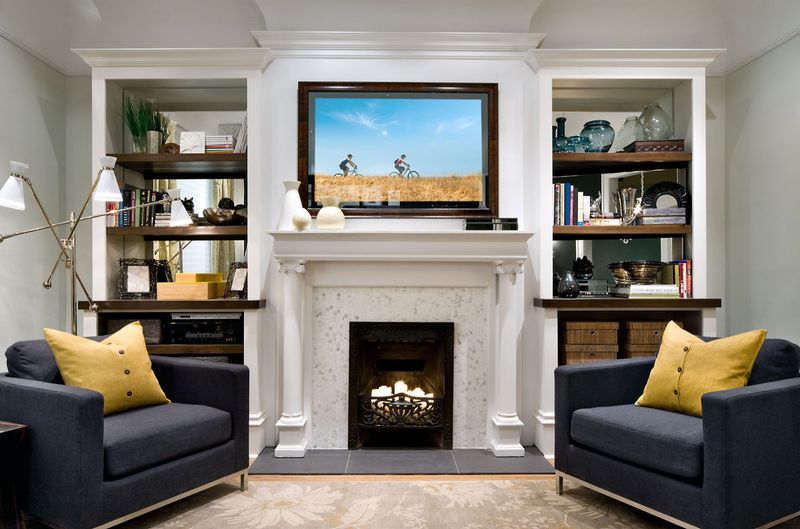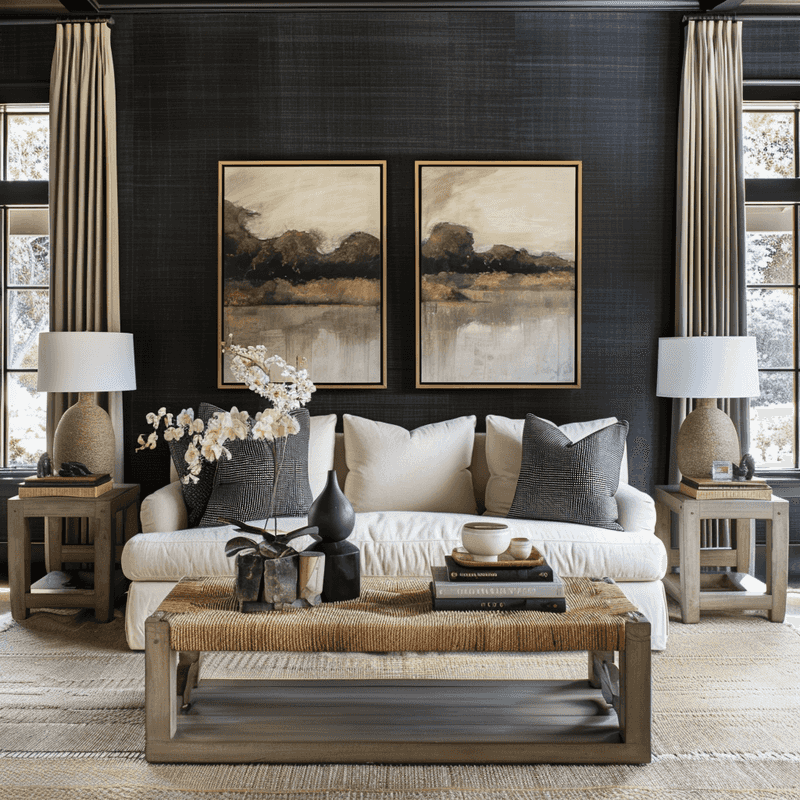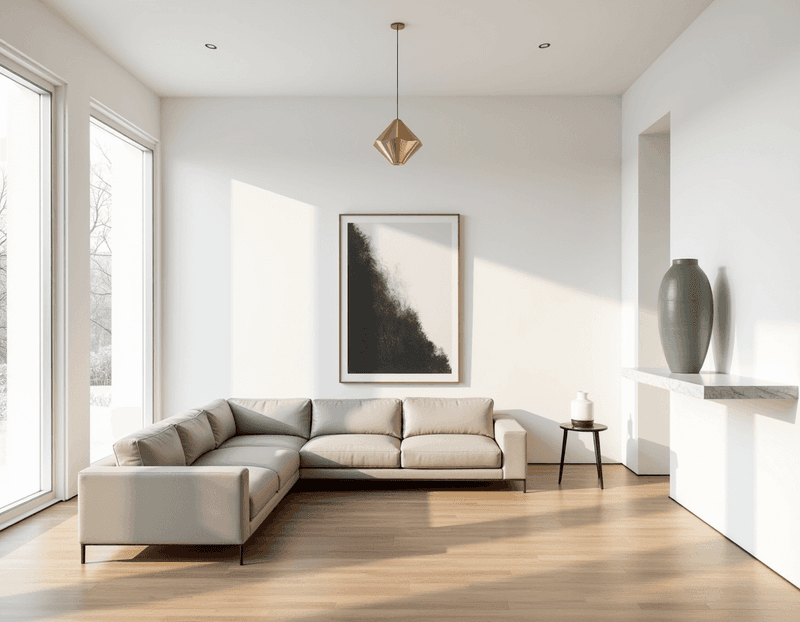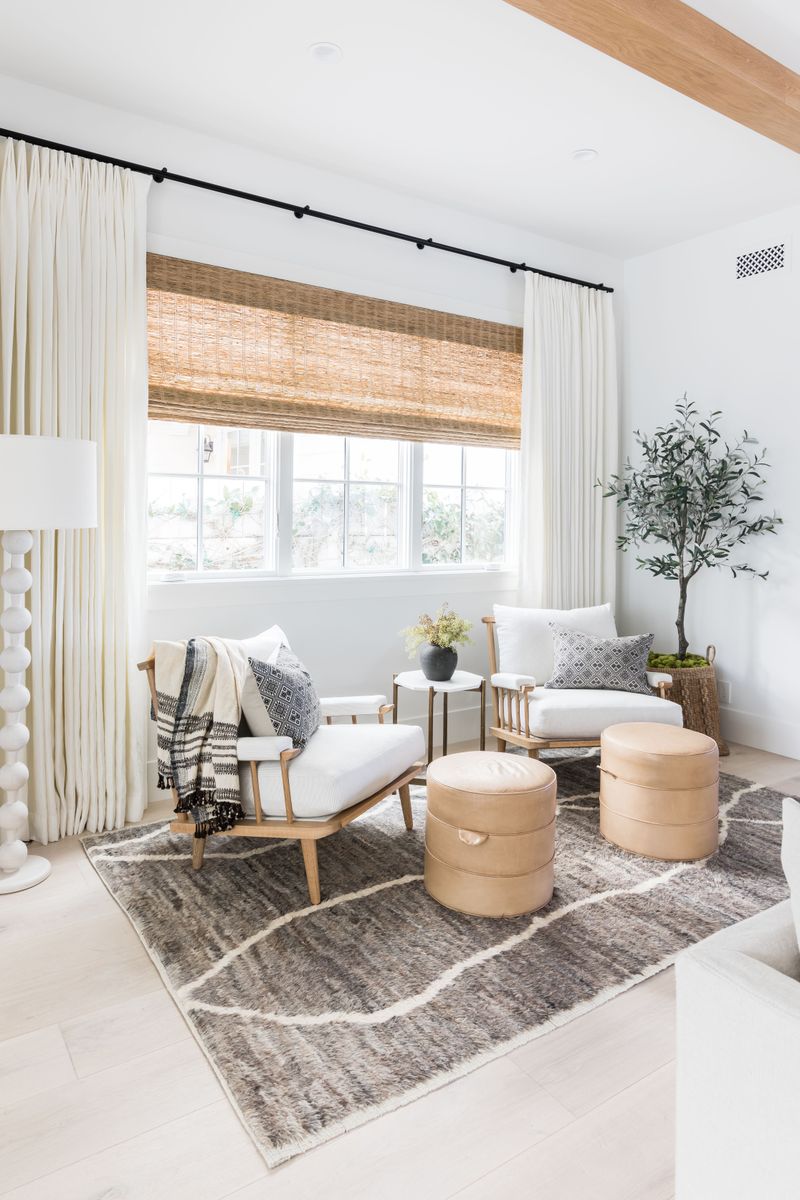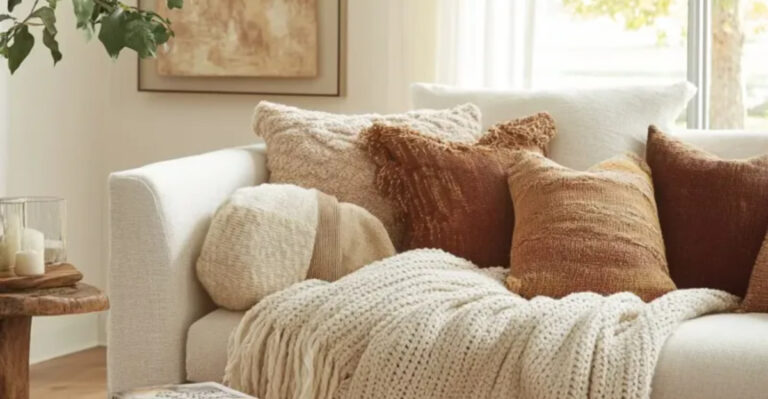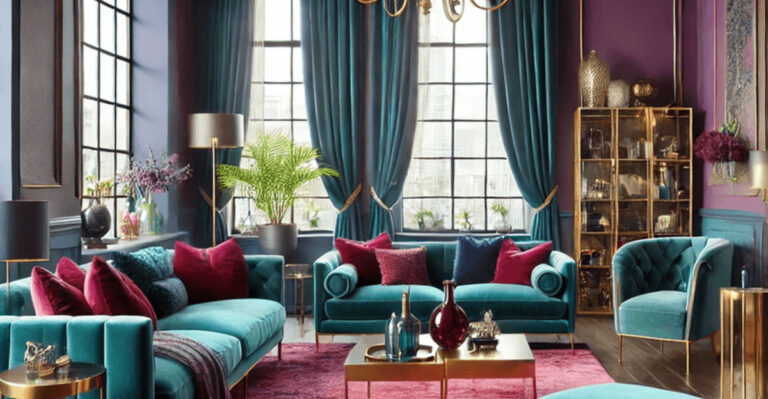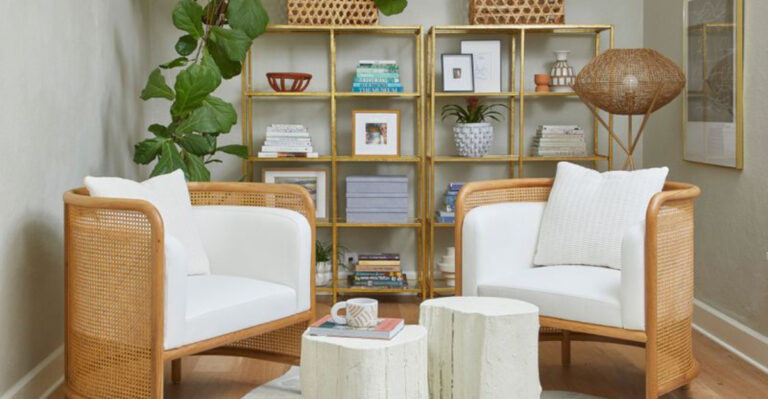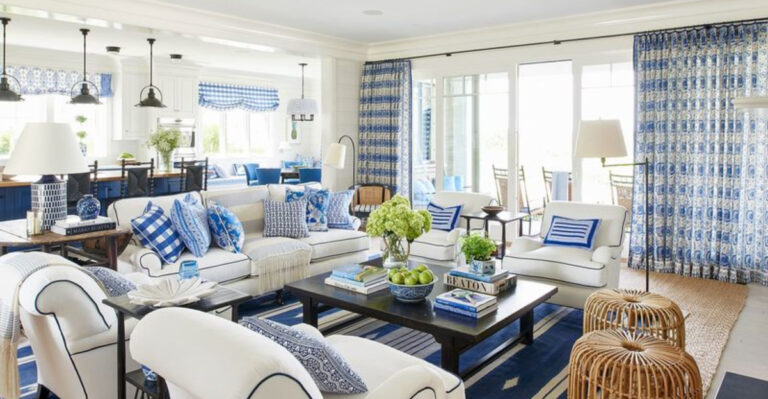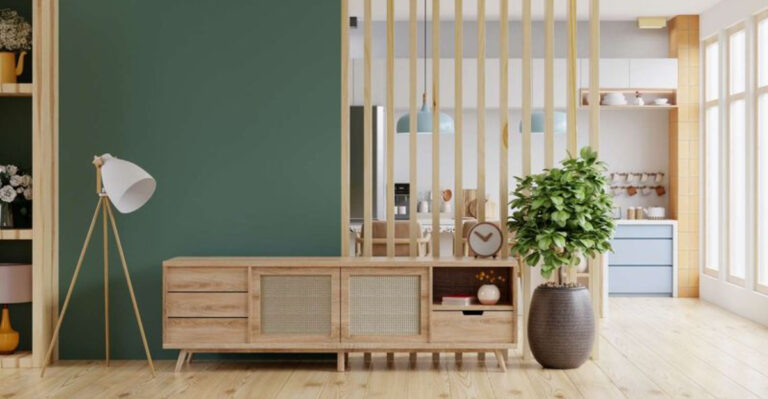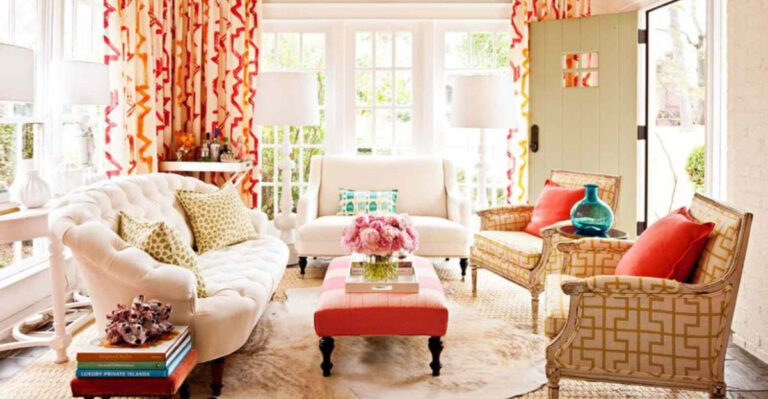How To Design A Timeless Living Room That Is Trend-Proof In 20 Steps
Creating a living room that stands the test of time isn’t about following the latest fads – it’s about embracing classic design principles that never go out of style.
A timeless living room offers both comfort and sophistication while avoiding elements that quickly feel dated.
No matter if you’re starting from scratch or refreshing your current space, these 20 steps will guide you toward a living room that remains elegant and inviting for years to come.
1. Choose a Neutral Color Palette
Ever notice how certain spaces feel instantly calming? That’s the magic of neutral colors. Whites, beiges, grays, and taupes create a versatile backdrop that accommodates changing accessories and furnishings.
These gentle hues reflect light beautifully and make rooms appear more spacious. Unlike bold trends that quickly become yesterday’s news, neutrals maintain their appeal decade after decade.
2. Invest in Quality Furniture
Quality over quantity should be your mantra when furnishing a timeless living room. Well-crafted pieces with solid hardwood frames and premium upholstery might cost more initially, but they’ll outlast cheaper alternatives by decades.
Look for classic silhouettes with clean lines rather than overly ornate details. A high-quality sofa becomes more comfortable with age, developing character while maintaining its structural integrity.
3. Prioritize Comfortable Seating
What’s the point of a gorgeous living room if nobody wants to sit in it? Comfort should never be sacrificed for style. Deep cushions, supportive backs, and proper height make seating inviting for guests and family alike.
Arrange seating to facilitate conversation rather than focusing solely on the television. Remember that truly timeless spaces balance beauty with genuine livability.
4. Mix Vintage with Contemporary
Rooms that appear to have evolved over time feel more authentic than those furnished entirely from one collection. Try pairing a contemporary sofa with a vintage coffee table or antique lamps with modern art.
This thoughtful mixing creates visual interest and prevents your space from feeling like a showroom. Vintage pieces add character and history, while contemporary elements keep the room fresh and relevant. The combination creates a space that feels both grounded and current.
5. Layer Different Textures
Texture transforms flat, boring spaces into rich, inviting environments that engage all your senses. Imagine running your fingers across smooth leather, plush velvet, rough linen, and woven wool—all within the same room.
Incorporate natural materials like wood, stone, metal, and glass. Even within a neutral palette, textural variety creates depth and dimension. A sisal rug under a smooth coffee table, topped with glazed ceramic accessories, creates visual rhythm without relying on trendy patterns.
6. Install Classic Architectural Elements
Architectural details like crown molding, wainscoting, and ceiling medallions have adorned homes for centuries—and for good reason. These elements add sophistication and character that transcend passing trends.
Even in modern spaces, subtle classical elements create an elegant foundation. They frame your room like fine jewelry, elevating everything within the space.
7. Use Natural Materials
Mother Nature designs the most enduring palette of all. Materials like wood, stone, leather, cotton, and wool have been prized for millennia and continue to feel relevant in every era.
Unlike synthetic alternatives that often look dated within years, natural materials age gracefully, developing patina and character. They connect us to the earth and bring organic warmth to our spaces. Even contemporary rooms feel more grounded when anchored by these timeless elements.
8. Create a Thoughtful Lighting Plan
Lighting makes or breaks a living room, regardless of your decor style. A thoughtful plan includes three essential layers: ambient (general illumination), task (reading lamps), and accent (highlighting architectural features or art).
Warm-toned bulbs create a more inviting atmosphere than cool ones. Consider installing dimmers to adjust the mood throughout the day. Well-chosen fixtures serve as jewelry for your room—select classic shapes in enduring materials like brass, bronze, or blown glass.
9. Select a Classic Rug
Underneath it all, a quality rug anchors your space while adding warmth, comfort, and acoustic benefits. Persian, Oriental, and simple sisal rugs have remained in style for generations, making them safe long-term investments.
Avoid rugs with ultra-trendy patterns or colors that might look dated within a few years. The right size matters tremendously—your rug should be large enough that at least the front legs of all furniture pieces rest on it, creating a cohesive seating area.
10. Incorporate Personal Collections
Nothing says “home” quite like objects that tell your unique story. Whether it’s vintage books, travel souvenirs, or family photographs, personal collections add soul to a living room that no designer showroom can replicate.
Display these treasures thoughtfully rather than cluttering every surface. Group similar items together for greater visual impact. These meaningful objects become conversation starters and ensure your timeless space still feels distinctly yours, not a generic template.
11. Choose Timeless Patterns
Certain patterns have decorated homes for centuries without losing their appeal. Stripes, checks, subtle florals, and geometrics like Greek keys or trellis designs bring visual interest without screaming any particular decade.
Use these enduring patterns on smaller elements like pillows, throws, or occasional chairs rather than large upholstered pieces. When mixing patterns, vary their scale (small, medium, large) while keeping colors consistent for a cohesive look that won’t quickly date your space.
12. Design Around a Focal Point
Imagine walking into a room where your eye doesn’t know where to land first. Confusing, right? Every successful living room needs a natural focal point that anchors the space—typically a fireplace, stunning view, architectural feature, or significant piece of art.
Arrange furniture to acknowledge and enhance this focal point. If your room lacks a natural focal point, create one with a large mirror, statement lighting fixture, or gallery wall. This organizing principle brings order to your design that remains relevant regardless of changing trends.
13. Maintain Proper Proportions
Balance and proportion might not be trendy buzzwords, but they’re fundamental to spaces that feel right regardless of era. Furniture should be properly scaled to your room—neither drowning in too much space nor cramped in too little.
Leave breathing room between items rather than pushing everything against walls. The most timeless rooms respect classical proportions that have pleased the human eye for centuries, creating harmony that transcends fleeting fashion.
14. Add Greenery with Houseplants
Long before biophilic design became trendy, houseplants were bringing life and vitality to living rooms. These natural elements soften hard edges and connect indoor spaces to the outside world in a fundamentally timeless way.
Choose specimens with staying power like fiddle leaf figs, snake plants, or pothos. Display them in simple, classic containers rather than novelty planters. Even the most minimalist, modern rooms benefit from the organic shapes and life-giving presence of well-maintained plants.
15. Select Art You Truly Love
Forget what’s trending on Instagram—the most timeless approach to art is selecting pieces that genuinely move you. Authentic connection to your art ensures it won’t feel like a disposable decoration when styles change.
Proper framing elevates even modest pieces. Consider creating a gallery wall that can evolve over time as you acquire new treasures. Art that tells stories about your interests, travels, or heritage will remain meaningful long after this year’s popular print has fallen from favor.
16. Keep Technology Discreet
Nothing dates a room faster than prominent outdated technology. Remember entertainment centers designed specifically for bulky tube TVs? Instead, plan for technology integration that can evolve without major renovations.
Hide speakers, routers, and cords whenever possible. Built-in cabinetry with adjustable shelving accommodates changing equipment sizes. This thoughtful approach ensures your living room remains elegant rather than resembling an electronics showroom.
17. Embrace Symmetry and Balance
Our brains are naturally wired to find symmetry pleasing—it’s a design principle that never goes out of style. Matching lamps flanking a sofa, balanced bookshelves, or twin chairs create a sense of order that feels inherently satisfying.
Perfect symmetry isn’t always necessary or desirable. Asymmetrical balance, where different elements carry similar visual weight, offers a more relaxed interpretation of this timeless principle. This approach creates spaces that feel both ordered and organic—formal yet comfortable.
18. Leave Negative Space
Resist the urge to fill every inch of your living room. Negative space—empty areas between and around objects—allows important elements to shine while creating visual breathing room. This principle has guided master designers across centuries and cultures.
Overcrowded rooms feel chaotic and dated, while thoughtful negative space creates calm sophistication. Your eye needs places to rest, making the decorated areas more impactful.
19. Consider Window Treatments Carefully
Windows connect us to the outside world while framing our interior spaces. Classic treatments like simple panels, Roman shades, or wooden blinds maintain their appeal across decades, unlike trendy patterns or complicated valances that quickly look dated.
Mount curtain rods close to the ceiling rather than directly above windows to create height. Ensure panels touch the floor for an elegant look. Natural materials like linen, cotton, and wood bring timeless texture and warmth to these important architectural transitions.
20. Create Conversation Areas
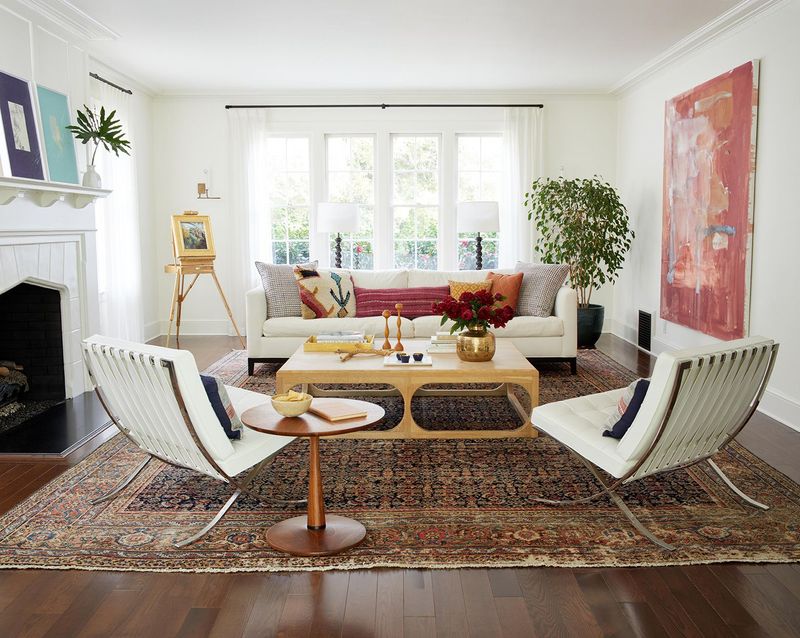
Furniture arrangement matters as much as the pieces themselves. The most enduring living rooms facilitate human connection through thoughtfully designed conversation areas where people can comfortably interact.
Position seating so guests face each other at comfortable distances (generally 3-8 feet apart). Ensure everyone has a place to set a drink within easy reach. This social-centric approach has defined successful living spaces throughout history, long before television and smartphones competed for our attention.

